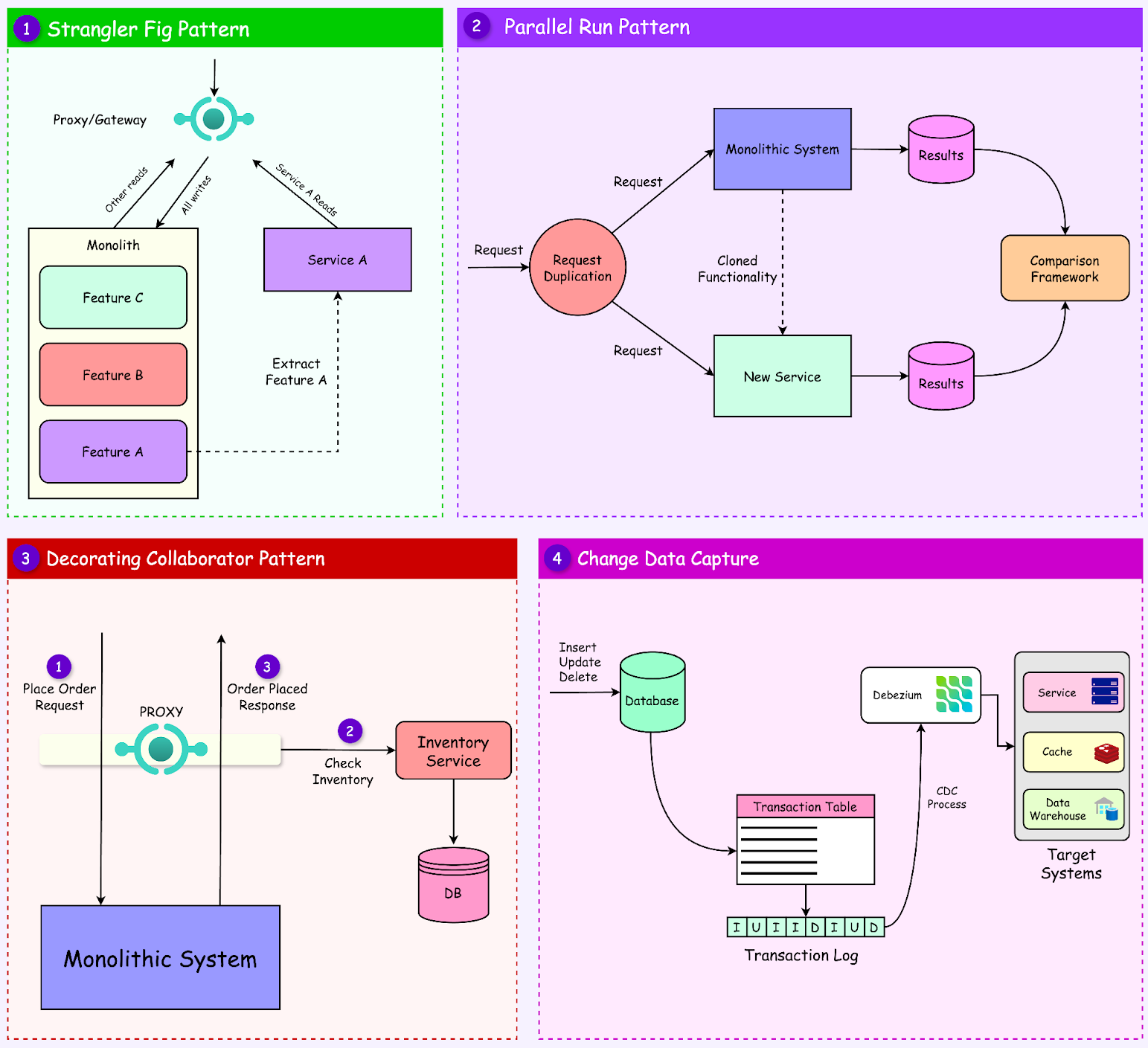Monolithic architecture is a software development approach in which the entire application is built as a single, unified codebase. It is often the simplest way to develop and deploy software.
For small teams or projects, monoliths provide simplicity, fast development, and easy deployment. However, as the application grows, this simplicity becomes a double-edged sword, introducing several challenges such as:
- Scalability Bottlenecks: The entire application is scaled as a single unit in a monolith. If only one part of the application experiences high demand (for example, a reporting module), the entire application must scale, wasting resources on less demanding components.
- Maintenance Issues: As the codebase grows, monoliths become harder to maintain. Dependencies between different parts of the application increase and each change has a larger impact radius.
- Deployment Complexity: In a monolithic system, a small change in one module requires redeploying the entire application, even if the rest of the system remains unchanged.
- Limited Technology Choices: All parts of a monolith must typically use the same technology stack. If the application is written in Java, for example, adding a new feature in Python or using a specialized library becomes impractical.
- Resiliency Challenges: A failure in one part of a monolith can bring down the entire application.
Microservices architecture addresses the challenges of monoliths by breaking the application into smaller, independent services. Each service is responsible for a specific functionality and can be developed, deployed, and scaled independently.
However, transitioning from a monolithic architecture to microservices is a complex process. In this article, we’ll look at a few proven patterns that can help make the transition easier.
References from: https://blog.bytebytego.com




Good